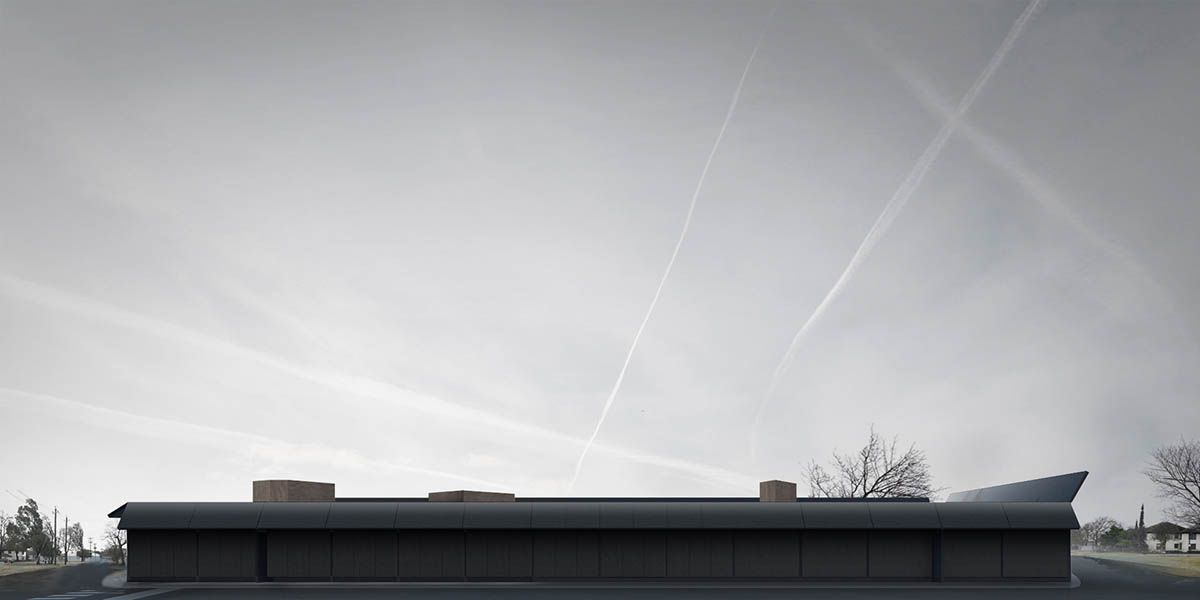Museum Island
This studio investigates ‘island’ and ‘archipelago’ organizations in architecture and their generative potential in urban design through designing a timber building for an Art Depot on the Menil Foundation campus in Houston. The Art Depot functions as a public museum, art storage facility, and art research institute, where the acts of collecting, archiving, and display are combined.
Recent design research has generated theoretical inquiries into the dissolution of borders and boundaries, a trajectory countered by privatized, single-use programs (i.e. gated communities). Rather than viewing such island-like monocultures as fissures within the inclusiveness of globalization, this studio will embrace these models as opportunities to promote connectivity through precise demarcation of borders. Characterized by impermeable boundaries and limited checkpoints, island and archipelago organizations are spatial segregation taken to an extreme.
This studio will mine the architectural history of speculative endeavors and case studies of dispersed campus models as well as types of timber construction, testing the findings with the design of a 50,000sqft building for the Art Depot.
Described by Reyner Banham as a ‘Neighborhood for Art,’ the Menil Collection opened in 1987 with the first US building by Renzo Piano as a legacy of late Houston philanthropists John and Dominique de Menil. The main museum building is situated in a park-like setting and anchors the 30-acre campus, later evolving to include the Piano’s Cy Twombly Gallery, Francois de Menil’s Byzantine Chapel, and Dan Flavin’s last site-specific installation.
In 2009, a Masterplan by David Chipperfield projected the growth of the campus southwards with a sculptural park, mixed-use developments, a Drawing Institute, and single-artist pavilions. The Art Depot will be used as a model where an “urban island” effect could extend and proliferate to a larger horizontal field of the new campus.
In the design of museums, biennials, or expositions, the planning of isolated and singular buildings often approximates a form of proto urbanism. Contrarily, the planning of a city could instead approximate the model of a museum, where buildings are curated, exhibited, and preserved like artifacts. This studio attempts to forge new understandings of urban Islands as city models as much as museum models.
Studio pedagogy assumes that opportunities for design invention emerge through varied scalar constraints: the forces that characterize the “urban island” of the Menil campus; the challenge to the assumption that contemporary art spaces are neutral containers relegated to the background; the new building’s performance within the existing and future buildings; the building’s engagement with the architecture of the historic campus; and the potential of its art and event-oriented program to trigger new forms of surrounding landscape and development.
This course has an irregular meeting schedule.
Mark Lee will be in residence on January 18 and 19, February 1, 2, 19 and 20, March 1, 2, and 21, April 5 and 6, and April 30, May 1, or May 2 for Final Reviews.
Sharon Johnston will be in residence on January 18 and 19, February 19 and 20, March 21, April 16, 17, and 18, and April 30, May 1, or May 2 for Final Reviews.
<span style="
Projects
-

Islands in Islands
Spring 2018